Controlling your glucose (blood sugar) is difficult. A few slices of cake can increase your blood sugar level significantly. However, your blood sugar can still increase even after observing all instructions to avoid type 2 diabetes. Food is not the only cause for an increase in blood sugar. Underlying conditions such as a cold and stress can also increase your blood sugar. Therefore it is important to learn the ways to lower your glucose levels and keep it under control.
How to Lower Glucose Levels
Ways to lower glucose levels include a balanced diet, physical activities as well as medications that lower blood glucose. Some of them are illustrated below:
1. Avoid Skipping Meals
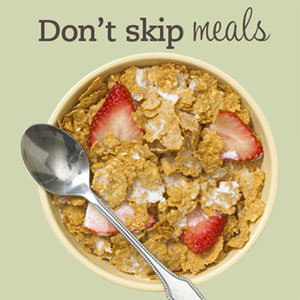
Skipping meals can lead to an increase in your blood sugar level. Your body uses glucose from the liver for energy when you don't eat for hours. For people with type 2 diabetes, the liver continues to supply glucose even when glucose levels are sufficient in the body. Eating any food with carbohydrates sends a signal to the liver to stop releasing glucose into your blood stream.
2. Get Enough Sleep Every Day

Lack of sleep or tool little sleep will disrupt your hormone, which increases your appetite, blood sugar and waistline. One night of little sleep decreases your insulin sensitivity by about 25%. Develop a sleeping routine that suits your lifestyle. Consult your health care provider if you have sleep problems to rule out sleep apnea, which is a serious sleeping disorder. Most of the people with type 2 diabetes have apnea,whose occurrences could be reduced a lot by losing weight.
3. Regular Physical Exercises
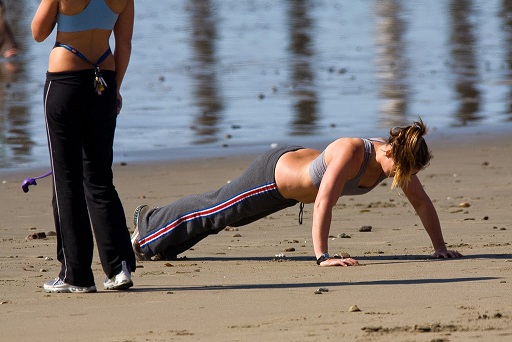
Moderate physical activities are an alternative solution of how to lower glucose levels. Physical exercises enable your body to process foods efficiently without increasing blood sugars excessively.These moderate exercises include bike riding, brisk walking, swimming and elliptical machine exercises. Exercise for at least 30 minutes for five days every week
Record your glucose levels before and after exercising so that you can monitor the effectiveness of exercising in reducing blood sugar. These records will help you adjust your insulin intake where necessary. However, do not exercise if your blood sugar level is above 300mg/dL. And call an ambulance if your blood sugar level is above 350mg/dL or if your urine has ketones.
4. Take Apple Cider Vinegar

Apple cider vinegar decreases post-meal and fasting blood sugar levels. Apple cider can be bitter and irritating to your throat when taken alone. Add two spoonfuls of the vinegar to 8 ounces of water. You can also add it to your salads.
5. Try Cinnamon
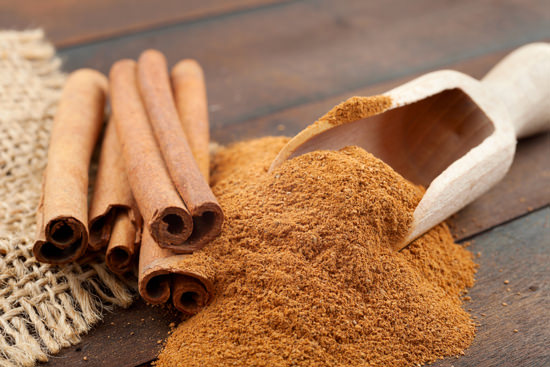
Cinnamon can reduce the risk of type 2 diabetes and blood sugar. Cinnamon and its extracts reduce fasting blood sugar, LDL or bad cholesterol, and total cholesterol triglycerides. It increases HDL or good cholesterol. However, Saigon cinnamon has high contents of Coumadin, which is a blood thinner. Try Ceylon cinnamon instead. Taking cinnamon in large doses is dangerous. Always consult your doctor before taking any supplement or starting an eating plan.
6. Go for Fenugreek
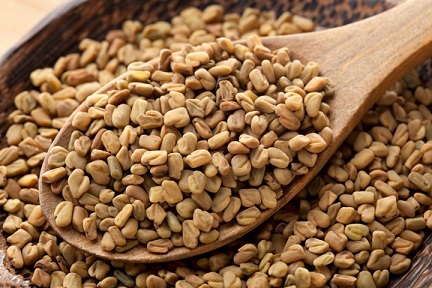
Another answer to how to lower glucose levelsis taking fenugreek seeds. Fenugreek seeds are used as herbal medicines and supplements for nursing mothers. Fenugreek lowers blood sugar levels in patients with prediabetes, type 1 and type 2 diabetes. What's more, Fenugreek seeds have fiber that slow down digestion of carbohydrates and are rich minerals, vitamins and antioxidants. You can take it as a tea, a spice and a pill.
7. Enjoy Avocados and Nuts
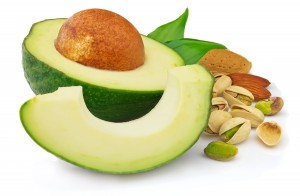
Avocados, olives, flax, nuts and seeds, and olive oil contain monounsaturated fatty acids (MUFAs). MUFAs are recommended as part of a blood sugar healthy diet. Avocados lower the risk of metabolic syndrome, which refers to a group of disease including diabetes. Studies showed that MUFAs can help to improve average and fasting blood glucose. MUFAs also lower insulin resistance, which refers to a part of prediabetes where cells in the body do not respond to the insulin that the body releases. In addition, MUFAs increase satisfaction feelings after meals, reduce inflammation, and improve blood pressure.
8. Mind the Fluids You Drink

- Sugary juices and sodas increase your blood sugar fast. You can reduce your blood sugar levels by replacing such drinks with sparkling water, water, and sugar-free tonic water.
- Flavored water has added sugar to make it more appetizing.You can use alternatives flavors such as berries, citrus fruits and strawberries.
- Add lemon or lemon slices, strawberries, or orange juice to spice water instead of adding sugar. Refrigerated lemon water is very refreshing in a hot weather. Keep adding fresh lemon slices to the water in the fridge after two days.
- Keep your body hydrated by taking 6-8 glasses of water every day. Control your intake of fruit juice because its natural fructose is rich in carbohydrates.
9. Take Green Tea
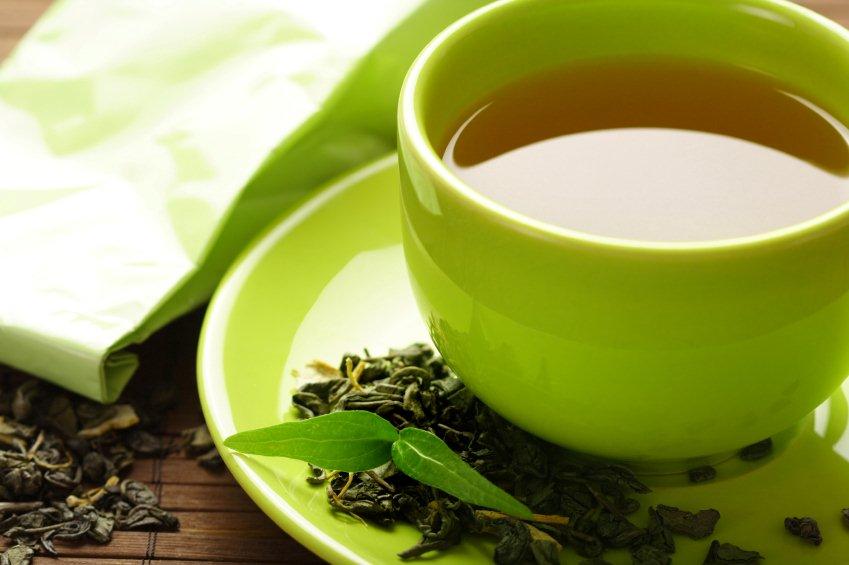
Studies show that polysaccharides and polyphenols in green tea are effective in lowering blood sugar. These two substances have similar effects as insulin in regulating blood sugar. However, taking green tea extracts in high doses can cause liver toxicity. Diabetes patients should take green tea supplements in moderation.
10. Talk to Your Doctor

Consult your doctor if you do not know how to lower glucose levels. A healthy lifestyle complements diabetes treatment options, which include insulin treatments and medications. Talk to your doctor if your blood sugar is still high after these treatments. Your doctor may adjust your dosage timing and find the best treatment plan that works for you.
